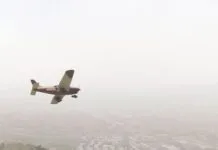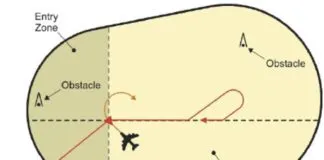Those of you who once held paper certificates may remember the ill-fated Advanced Automation System (AAS), one of the world’s most ambitious software projects. Launched in 1981 and terminated in 1994, it cost over $3.7 billion and didn’t produce a single piece of software.
AAS was far ahead of its time. But there is enormous skepticism that the FAA can do any better now. Particularly disturbing is that some high-level FAA insiders have the same smoke-and-mirrors agitation about NextGen that they felt during AAS’ heyday.
There are some differences. The FAA has asked for engineering proposals from private industry. We now have GPS and have made huge advances in software-development expertise. NextGen is also more that just the FAA’s baby. International aviation organizations are working toward an integrated worldwide ATC system. The need for NextGen is compelling in a way AAS was not.
The glaring omission is backup. In all my research, the word rarely appeared in any document or fancy PowerPoint. There is no embedded backup, analogous to the Local Area Augmentation System being backed up by ground-based ILS (“How Will LAAS Be More”, December 2009 IFR). Positioning, navigation and timing (PNT) will be provided solely by GPS satellites’ atomic clocks. Timing is critical to NextGen’s integration.
Positioning is provided by GPS, but there is no positioning backup for GPS on the same global scale. The nearest equivalent is e-LORAN, but there has been no support for it. The signal is expected to be shut off on Jan. 4, 2010. The LORAN infrastructure will be dismantled for about $250M-$300M or more. For that money we could complete eLORAN. It would operate on less than $35M a year, $11M if the stations are automated. Independent from GPS, eLORAN would be the ideal backup PNT system for RNAV/RNP, offering RNP 0.3 at all airports.
Instead, wide-area multilateration (WAM) is being considered for navigation and positioning, but WAM can’t offer timing. WAM could provide RNAV service above FL 180 and RNP 0.3 at big airports—for about $1 billion.
Simply put, NextGen as it stands is a giant single point of failure. If a radar goes down, the rest of the system survives. While the same can be said for a single GPS satellite, it’s not true if anything degrades the overall GPS availability and quality. A recurring theme is that whatever backup is used, such as minimal VORs or high-powered DMEs (as for DME RNAV), it will be nominal and designed to span only short-term outages.
General aviation stands to get left out in the cold here. We can use whatever system(s) we have, but if there is a major GPS or WAAS outage, we’re crippled.
—F.S.




